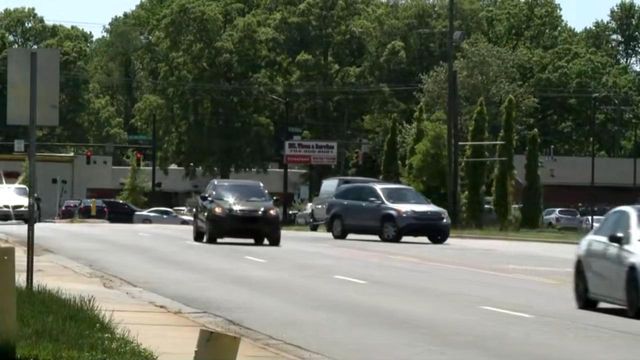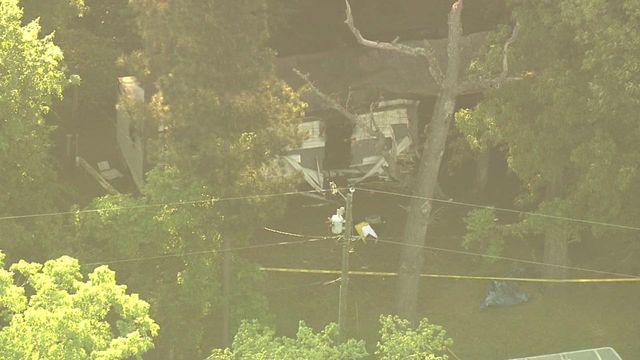Tropical storm Elsa delays Dragon capsule return

NASA announced late Tuesday that the return of the SpaceX cargo freighter, loaded with approximately 5,000 pounds of scientific experiments and other cargo from the International Space Station, would be delayed due to extreme weather around the Florida splashdown zones.
Each of the potential splashdown sites off the Florida coast including: Pensacola, Tampa, Tallahassee, Panama City, Cape Canaveral, Daytona and Jacksonville, are outside of NASA's limits designed to ensure the safety of the recovery teams, the science, and the spacecraft.

The next opportunity for undocking the CRS-22 capsule is July 8 at 10:35 a.m. EDT, with NASA TV coverage scheduled to begin at 10 a.m. Additional opportunities are available on July 9 and 10. Flight controllers then may make the decision to proceed with the landing and splashdown about 1 hours and 20 minutes after a deorbit burn, or remain in orbit for an additional 24-48 hours while conditions improve.
SpaceX capsule recovery criteria
- Wind: No greater than 15 ft/sec (10.2 mph)
- Rain: < 25% probability
- Lightning: > 10 miles and > 25% probability of lightning in protected boundary
- Cloud ceiling: < 500 feet
- Visibility: No less than 1/2 mile for daylight splashdowns, 1 mile for night
- Wave Period & Significant Wave Height: No greater than 7 degrees wave slope. in general, when wave height and wave period are the same, the condition is no-go.









